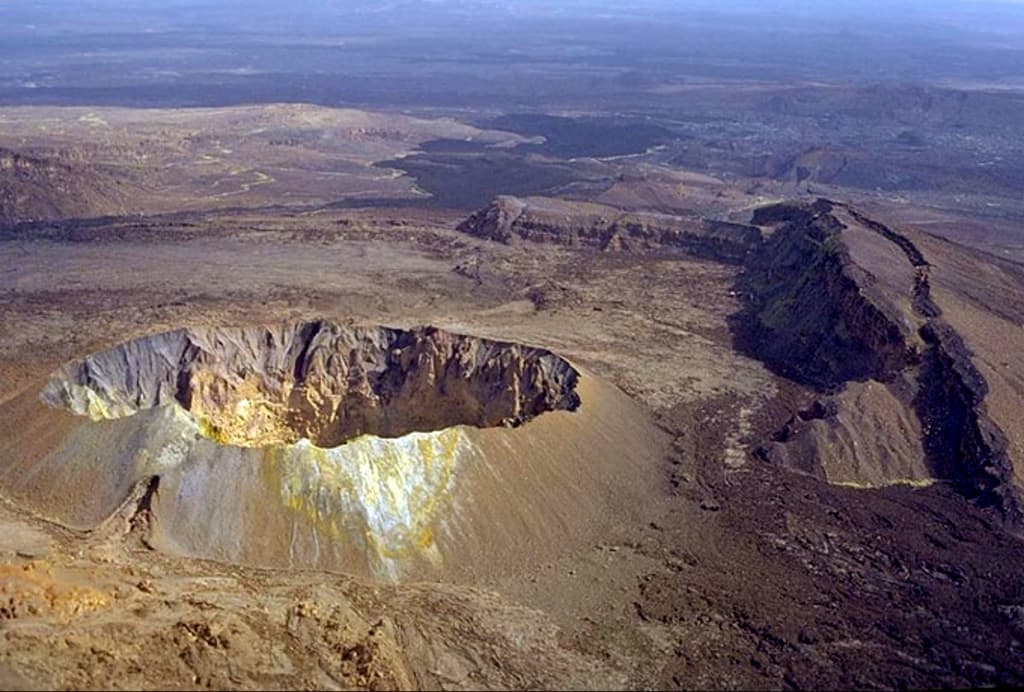Ethiopia Volcano Eruption Sends Ash Across Red Sea, Disrupts Flights
A sudden eruption of the Hayli Gubbi vent in Ethiopia’s Afar region on November 25 sent an ash plume roughly 14 kilometers into the atmosphere, the first known Holocene eruption for that fissure. The ash traveled across the Red Sea and into the Middle East and South Asia, prompting Indian carriers to cancel or adjust flights and aviation authorities to issue guidance as forecasters tracked the plume eastward.

Hayli Gubbi erupted on November 25, ejecting ash columns to about 14 kilometers above the surface and marking the first recorded Holocene activity for that particular vent. Satellite and meteorological data showed ash drifting eastward across the Red Sea, moving over parts of the Arabian Peninsula and Pakistan before entering Indian airspace and prompting precautionary measures by carriers and regulators.
India’s meteorological service and aviation authorities issued guidance advising aircraft to avoid ash affected flight levels, and two major Indian carriers, Air India and Akasa, canceled or adjusted services as a precaution. Airlines grounded aircraft when necessary and conducted inspections of affected planes. The plume was forecast to continue its eastward trajectory, keeping aviation controls on alert across South Asia.
Volcanic ash poses a well documented hazard to jet operations. Fine ash particles can abrade cockpit windows, clog sensors and pit compressor blades inside turbine engines, increasing the risk of engine damage or flameout. Those operational risks underpin the swift responses by aviation authorities, because even a single encounter can force unscheduled landings and costly maintenance checks. The transit disruptions on Tuesday underscored how a remote eruption can quickly cascade into broader commercial impacts across national borders.
Beyond immediate flight cancellations, the episode highlighted vulnerabilities in regional aviation resilience. Airlines face ripple effects from aircraft being out of service and from crews and aircraft being displaced along disrupted routes. For carriers already operating under margin pressure from rising fuel costs and softer demand patterns this year, additional irregular operations and inspections can erode profitability. Airports may also face temporary declines in traffic and passenger throughput as schedules are adjusted.

The geological context is significant. The Afar region sits at the junction of three tectonic plates and is one of the most volcanically active parts of East Africa. While eruptions are not unusual for the broader rift system, this event is notable because the specific Hayli Gubbi vent had no recorded Holocene activity. That raises questions for volcanologists and policymakers about monitoring coverage and the adequacy of early warning systems for less studied vents.
Policy implications include the need for strengthened real time monitoring and international coordination on volcanic ash advisories. Rapid sharing of satellite imagery, plume height estimates and trajectory forecasts is essential to give airlines and air traffic authorities time to reroute or ground aircraft safely. The event also points to the value of contingency planning that accounts for geographically distant natural hazards affecting cross border air travel.
For passengers the immediate consequences were cancellations and schedule uncertainty. For markets the disruption served as a reminder that natural events can impose sudden operational costs on transportation networks. As forecasters continued to track the plume, regulators and airlines remained focused on safety and on minimizing the economic fallout from an eruption that began hundreds of kilometers from the busiest South Asian air routes but reached into them within hours.

